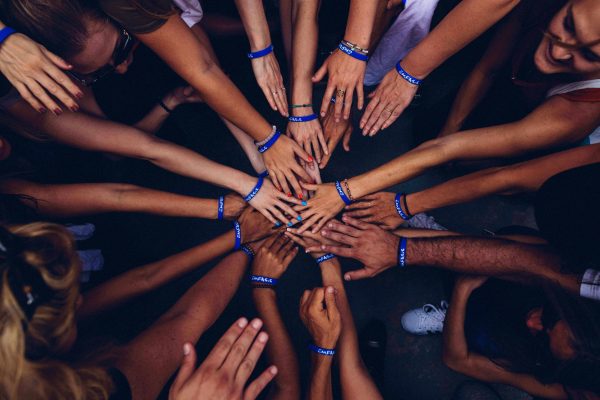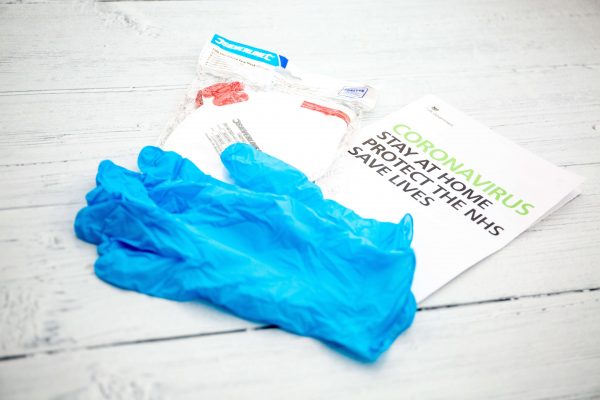The social issue of child abuse has occurred since the beginning of time. The National Statistics on Child Abuse states that nearly 700,000 children are abused annually in the united States. Statistics from the article 11 Facts About Child Abuse from dosomething.org also show that:
- the United States, more than 4 children die from child abuse and neglect on a daily basis. Over 70% of these children are below the age of 3
- 9 million cases of child abuse are reported every year in the United States
- Children who experience child abuse and neglect are 59% more likely to be arrested as a juvenile, 28% more likely to be arrested as an adult, and 30% more likely to commit violence crime
- About 80% of 21-year-olds who were abused as children met criteria for at least one psychological disorder
- 1 out of 3 girls and 1 out of 5 boys will be sexually abused before they reach age 18
These statistics show how dangerous home life can be for a child. Over time, child abuse has become more of a hidden issue and is less talked about. More people should become aware of the issue and advocate. Children cannot speak for themselves most of the time and are also unaware that child abuse is an issue. 70% of children that die on a daily basis are under the age of three which means they are not even mentally or physically developed enough to stop the abuse or report it; children also believe what happens to them is normal as they are too young or scared to compare their home lives to others. Children need more people to care for them, advocate them, and support them.
You can help!
From an individual level, volunteering can be an easy way to make a difference. Organizations such as CASA, Court Appointed Special Advocates, of New Jersey offers a program for individuals over the age of 21 who is a CASA volunteer to become a court appointed special advocate. This program advocates for children removed from their families due to abuse or neglect and allows CASA members to be a voice for these children in court. CASA members speak for the children when the children cannot do so for themselves. They also provide a support system for these child victims and a friend during tough times. CASA is organized in 49 US States, as well as the District of Columbia. CASA is just one of thousands of child abuse organizations that provide volunteer options and ways to help.
From a community/college level, getting professions such as nurses and social workers to present at events can be a big help to helping future students in these majors identify signs of child abuse and neglect. Forming other events to educate and advocate for children can also be a big movement for this audience. Some events may consist of creating support groups for survivors, or an anti-stigma event that stops the stigma and informs the audience.
From a national level, laws can be supported and passed in favor of ending child abuse. The H.R.2480- Stronger Child Abuse Prevention and Treatment Act was introduced in May of 2019 and pushed to reauthorize the Child Abuse Prevention and Treatment Act, CAPTA. While all parties have been shown to want to end child abuse, Democrats typically have more votes of putting an end to it.
Child abuse is an age-old social issue but many things can be done to help put an end to it. Bringing awareness to the issue is an essential way to help stop child abuse from occuring.
You can help!
“Court Appointed Special Advocates of New Jersey.” Court Appointed Special Advocates of New Jersey, www.casaofnj.org/.
“Let’s Do This!” Let’s Do This! | DoSomething.org, www.dosomething.org/.
“Our Response.” National, www.nationalchildrensalliance.org/.


